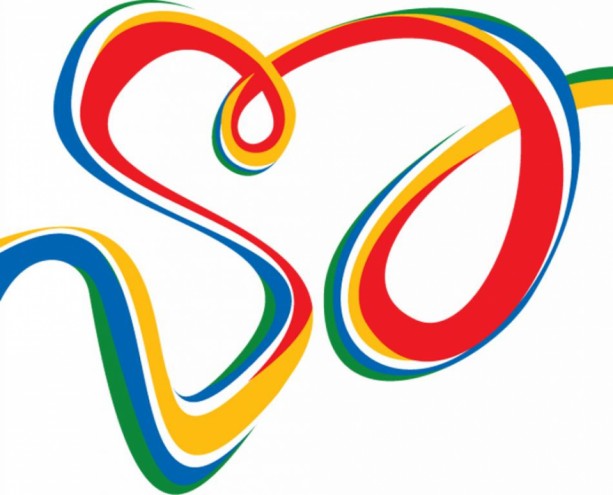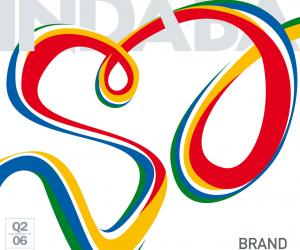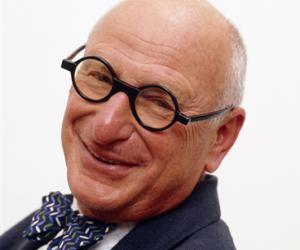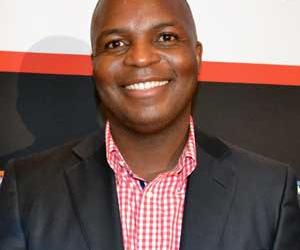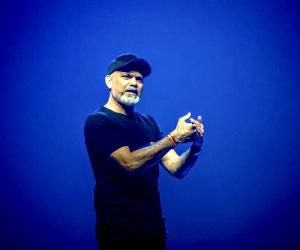First Published in
Design Indaba is concerned that South Africa's image is trading at a discount. It's a problem that many emerging economies face. We first broached the subject in January 2001. The inaugural issue of Design Indaba magazine introduced the Brand the Beloved Country campaign in an attempt to address the issue.
Our awareness of the need for such a campaign came from our experience of working on projects such as the Soccer World Cup Bid, where we found that overseas media were somewhat sceptical of SA's abilities. The country was tarred with the "Afro-pessimism" brush. Magazine covers like those of The Economist that portrayed Africa as "the hopeless continent" did not help SA's cause.
We were also spurred on by the writings of nation branding guru, Simon Anholt (he and Wally Olins share their views on the adjoining pages) who asserted that developing countries don't have time to wait until the world finally realises how much progress they're making. Nation branding is about ensuring that reputation keeps pace with progress, and that the massive investments of time, effort, skill and money made by so many people, companies, governments and NGOs, achieve their aims right now, and not when it's too late. Because if left to the natural course of events, it could take decades for a stale reputation catch up with newer realities.
So we asked some questions: Could we help the cause? Could we galvanise the creative community to add their ideas on branding our country? Should we not get a greater diversity of opinion on the subject and put these into the public domain for free to get the conversation started?
Armed with resounding affirmatives, we asked three top design agencies to pitch on Brand South Africa, and its premise of "Real Freedom". Because we do not condone unpaid creative pitches, we commissioned all three of them to come up with their ideas.
The process started late in 2005 with a series of workshops that were held to agree on the terms of reference and co-write the brief (posted on www.designindaba.com). After four weeks, the agencies presented their work to a critical audience at the 2006 Design Indaba Conference.
We do not wish to assert that this work presents the answers. In fact, we have only just started the journey. We aim to ask more agencies to take up the challenge going forward.
We are highly respectful of the work that has already been done by organisations like the International Marketing Council and SA Tourism. But we thought we could help them along by giving them more ideas - at no cost to themselves and as a gift to the country from its own design community.
Let's keep at it!
Design Indaba commissioned three top agencies to apply their skills to the uber brand, South Africa, because we believe that there is a gap between our country's image and reputation, and the realities of its amazing achievements since democracy. Here's what switch, two tone and hklm have come up with to help close that gap.
- Brand the Beloved Country: Brief by Ravi Naidoo
- "Why Brand a Nation?": Thebe Ikalafeng asks Wally Olins and Simon Anholt
- Selling SA: "Feel it" by Switch
- Selling SA: "Flying high" by Two Tone
- Selling SA: "View to a thrill" by HKLM
Design Indaba is concerned that South Africa's image is trading at a discount. It's a problem that many emerging economies face. We first broached the subject in January 2001. The inaugural issue of Design Indaba magazine introduced the Brand the Beloved Country campaign in an attempt to address the issue.
Our awareness of the need for such a campaign came from our experience of working on projects such as the Soccer World Cup Bid, where we found that overseas media were somewhat sceptical of SA's abilities. The country was tarred with the "Afro-pessimism" brush. Magazine covers like those of The Economist that portrayed Africa as "the hopeless continent" did not help SA's cause.
We were also spurred on by the writings of nation branding guru, Simon Anholt (he and Wally Olins share their views on the adjoining pages) who asserted that developing countries don't have time to wait until the world finally realises how much progress they're making. Nation branding is about ensuring that reputation keeps pace with progress, and that the massive investments of time, effort, skill and money made by so many people, companies, governments and NGOs, achieve their aims right now, and not when it's too late. Because if left to the natural course of events, it could take decades for a stale reputation catch up with newer realities.
So we asked some questions: Could we help the cause? Could we galvanise the creative community to add their ideas on branding our country? Should we not get a greater diversity of opinion on the subject and put these into the public domain for free to get the conversation started?
Armed with resounding affirmatives, we asked three top design agencies to pitch on Brand South Africa, and its premise of "Real Freedom". Because we do not condone unpaid creative pitches, we commissioned all three of them to come up with their ideas.
The process started late in 2005 with a series of workshops that were held to agree on the terms of reference and co-write the brief (posted on www.designindaba.com). After four weeks, the agencies presented their work to a critical audience at the 2006 Design Indaba Conference.
We do not wish to assert that this work presents the answers. In fact, we have only just started the journey. We aim to ask more agencies to take up the challenge going forward.
We are highly respectful of the work that has already been done by organisations like the International Marketing Council and SA Tourism. But we thought we could help them along by giving them more ideas - at no cost to themselves and as a gift to the country from its own design community.
Let's keep at it!
Design Indaba commissioned three top agencies to apply their skills to the uber brand, South Africa, because we believe that there is a gap between our country's image and reputation, and the realities of its amazing achievements since democracy. Here's what switch, two tone and hklm have come up with to help close that gap.
- Brand the Beloved Country: Brief by Ravi Naidoo
- "Why Brand a Nation?": Thebe Ikalafeng asks Wally Olins and Simon Anholt
- Selling SA: "Feel it" by Switch
- Selling SA: "Flying high" by Two Tone
- Selling SA: "View to a thrill" by HKLM


